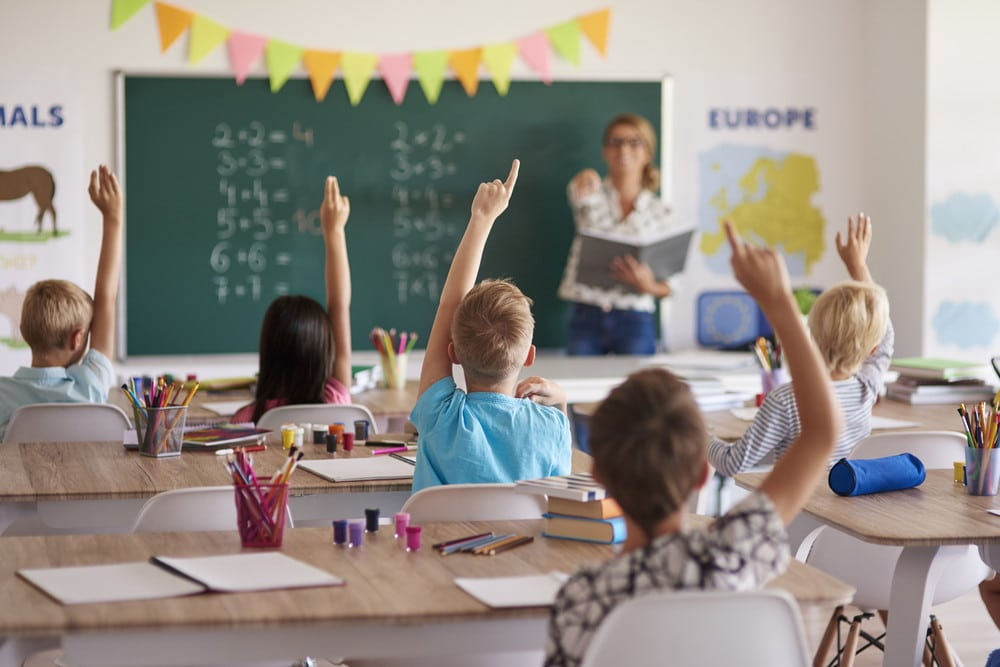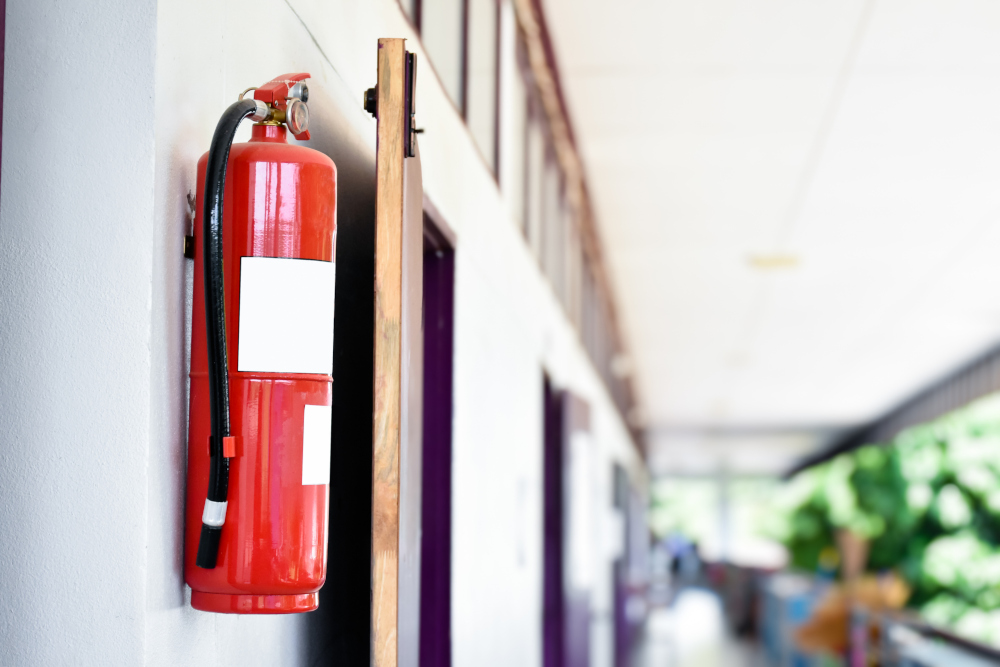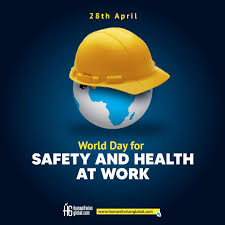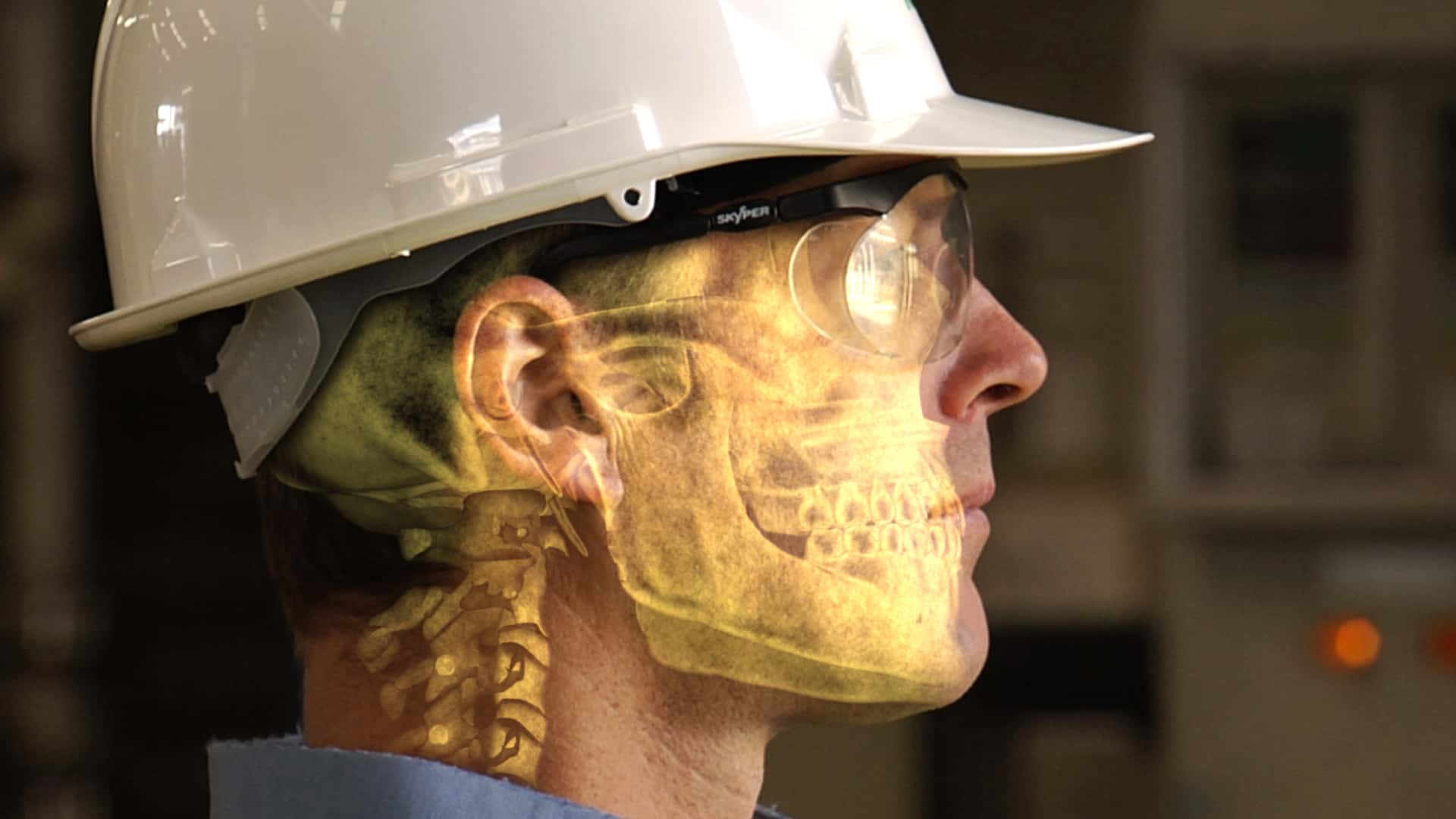The Role of Education in Fire Safety: School Programs Making an Impact. Fire safety education is gaining recognition as a critical component of public safety, with schools playing a pivotal role in equipping students and communities with life-saving knowledge and skills. Across the globe, innovative programs are fostering awareness, teaching prevention, and empowering young people to respond effectively in emergencies.
Fire Safety Education: A Preventive Tool
Education serves as a cornerstone of fire prevention. According to the National Fire Protection Association (NFPA), teaching children about fire hazards significantly reduces the likelihood of accidental fires. School-based fire safety initiatives aim to instill awareness from a young age, creating habits that carry into adulthood.
“Children are natural messengers,” says Karen Stephens, a fire safety educator. “What they learn at school, they often share with their families, multiplying the impact of these lessons.”
School Programs in Action
Around the world, schools are embracing fire safety education with creative and engaging methods. Examples of successful programs include:
- Fire Drills and Emergency Preparedness: Regular fire drills familiarize students with evacuation procedures, ensuring that they can act quickly and calmly in an emergency. Schools often collaborate with local fire departments to simulate realistic scenarios.
- Interactive Workshops: Hands-on activities, such as using fire extinguishers and practicing stop-drop-and-roll techniques, are highly effective. Interactive demonstrations engage students and make critical safety information memorable.
- Curriculum Integration: Incorporating fire safety topics into science and social studies classes enables students to understand the science behind fire and its societal impact. Lessons may include discussions about the chemistry of combustion, fire prevention strategies, and the role of first responders.
- Technology in Education: Digital tools, such as virtual reality simulations, allow students to experience fire scenarios in a controlled environment. These immersive tools enhance understanding of fire dynamics and safe evacuation strategies.

Measuring the Impact
Research indicates that school fire safety programs reduce fire-related injuries and fatalities. A 2021 study by the International Fire Safety Standards Coalition reported a 30% decrease in home fire incidents in communities with active school education initiatives.
Case studies further illustrate the effectiveness of these programs. For example, a fire safety curriculum implemented in Tennessee schools led to a significant decline in child fire-related injuries within five years. Moreover, surveys show that students who participate in these programs are more likely to identify fire hazards at home and encourage their families to adopt preventive measures.
Challenges and Opportunities
While the benefits are clear, implementing fire safety education programs can face hurdles such as limited funding, insufficient training for educators, and disparities in program availability across regions. To overcome these challenges, stakeholders emphasize collaboration among schools, fire departments, and community organizations. Public-private partnerships and grants also play a crucial role in expanding access to quality fire safety education.
“We need to prioritize fire safety education as much as we do subjects like math or reading,” advocates Fire Chief Alan Murphy. “The knowledge these kids gain today can save lives tomorrow.”
The Way Forward
As climate change intensifies wildfire risks and urbanization increases the potential for structural fires, the need for comprehensive fire safety education has never been greater. Schools remain at the forefront of this effort, fostering a culture of safety that extends beyond the classroom.
By integrating fire safety into education systems, we can build resilient communities where everyone—young and old—is prepared to prevent and respond to fires. The ripple effect of these efforts ensures that fire safety becomes a shared responsibility, reducing tragedies and protecting lives for generations to come.











